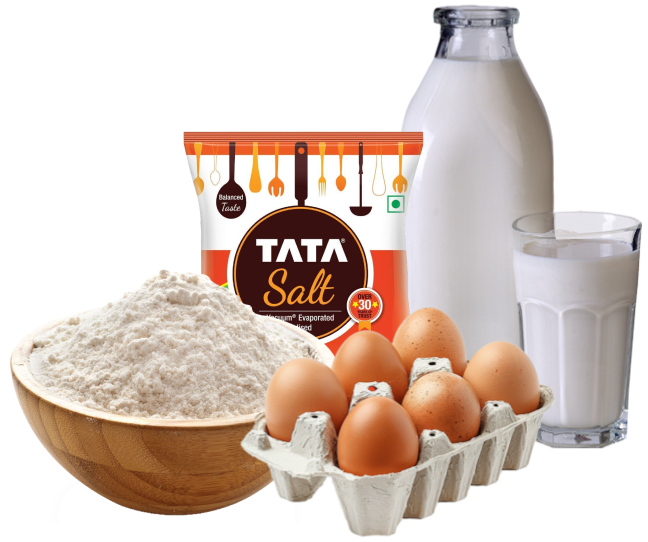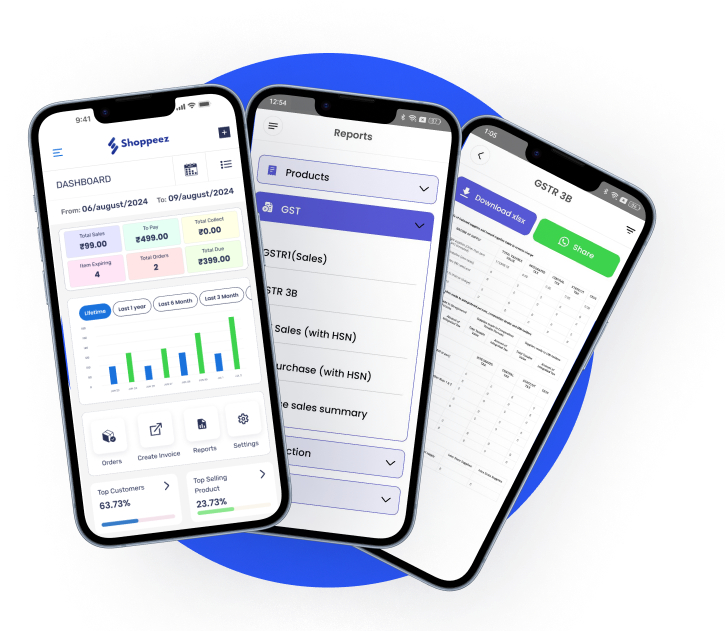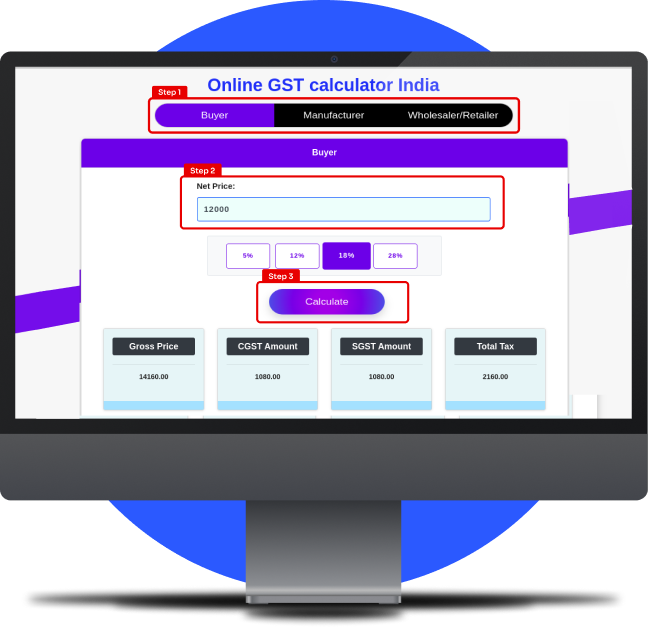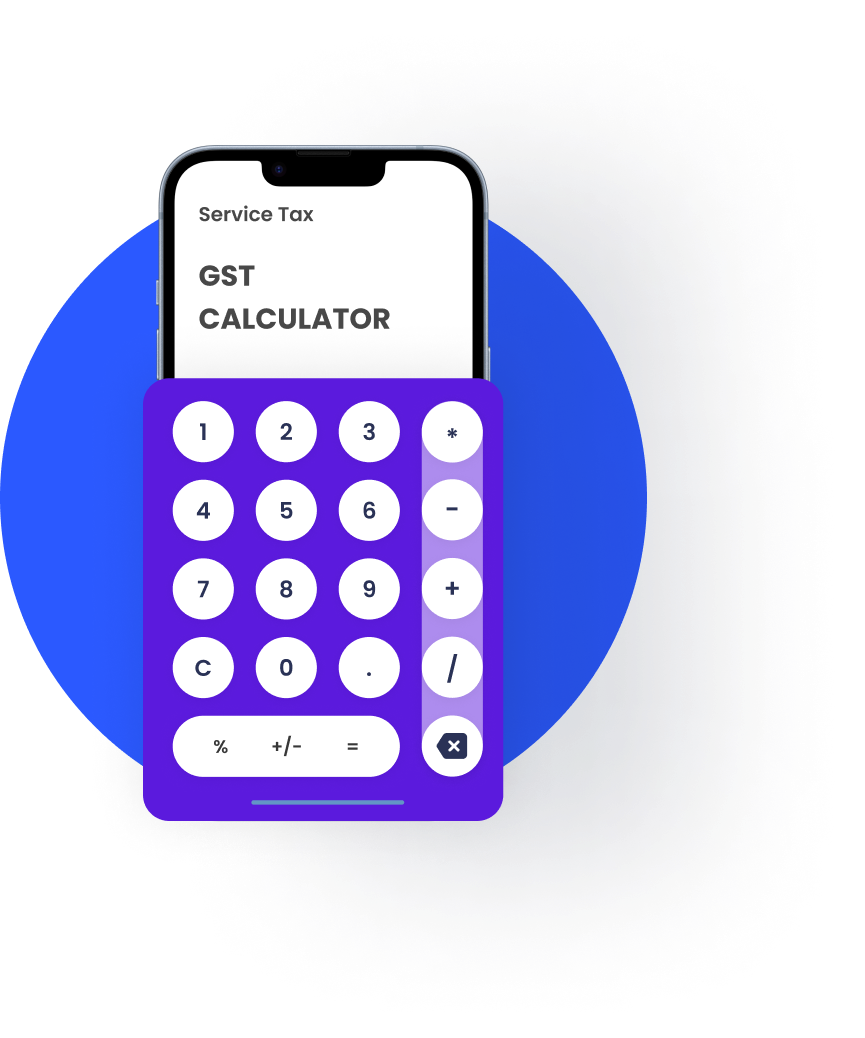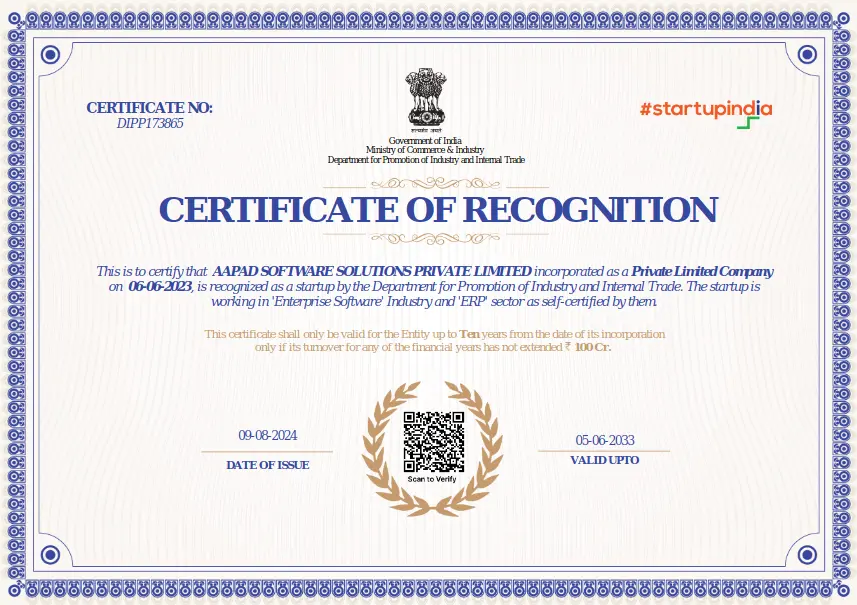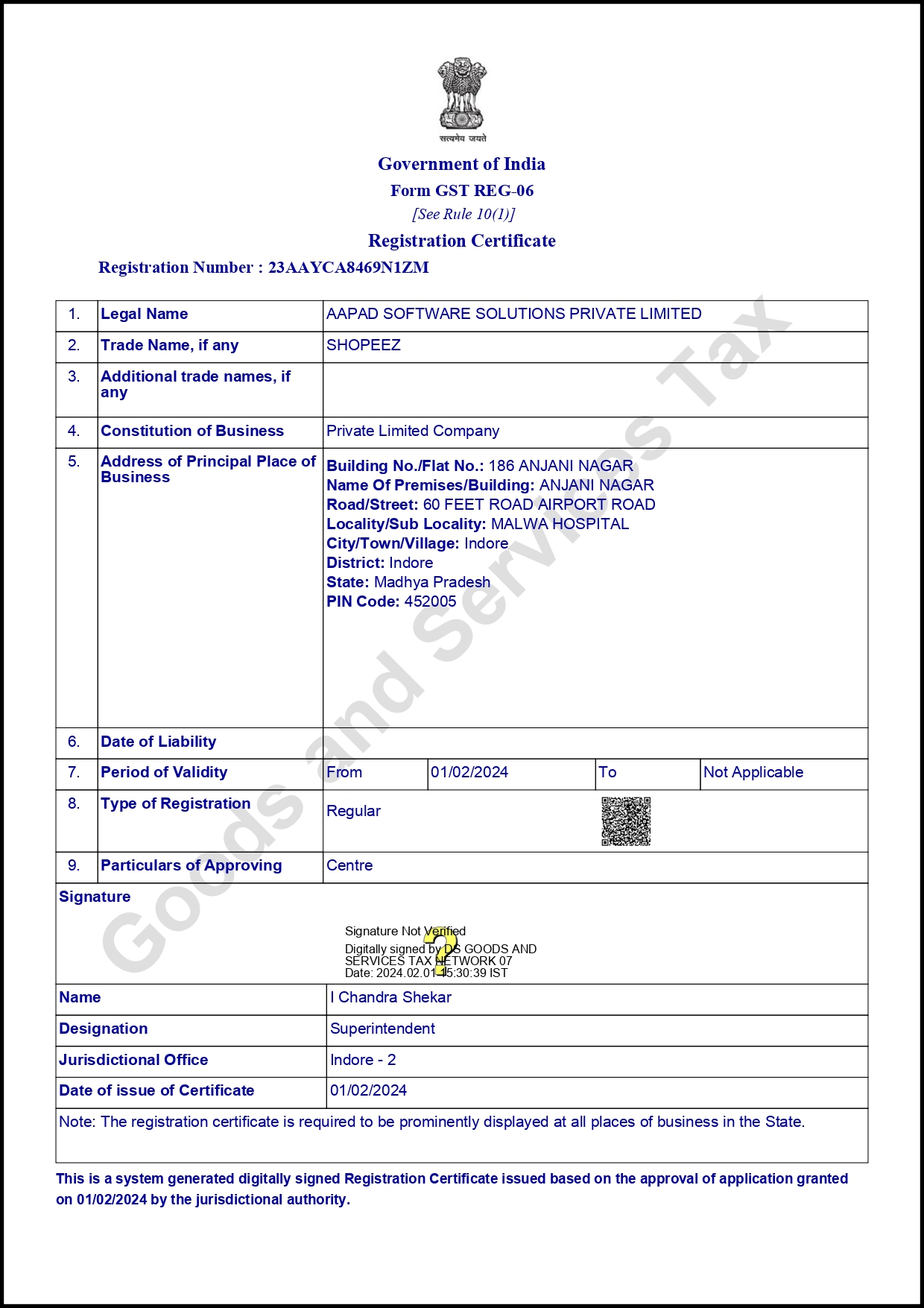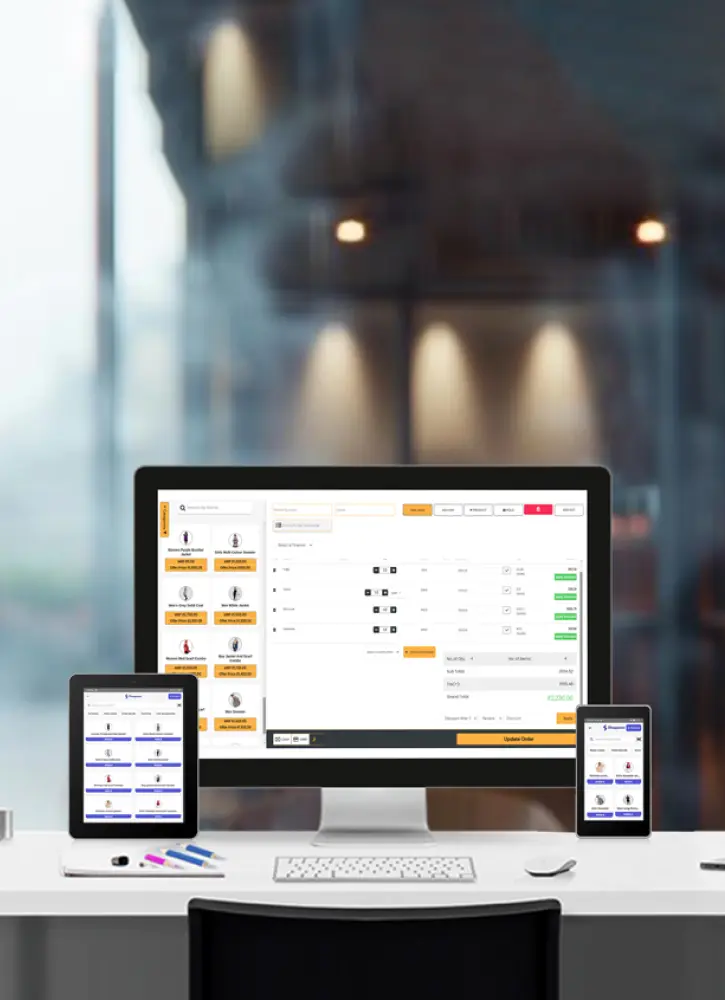What is GST?
The term GST is commonly known as, Goods and services tax. The GST act was passed by the parliament on 29th March 2017, and it was implemented on 1st July 2017.
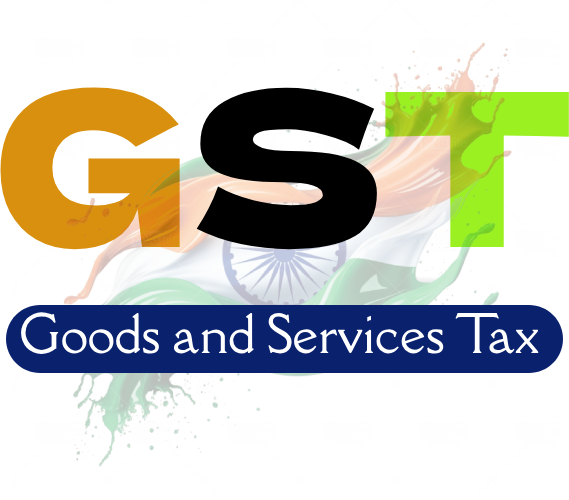
- GST is an indirect tax which is levied on the value addition on every transaction. Before GST established there are multiple tax that was applied and paid by the citizens of India, some of them are Excise duty, Entertainment tax, VAT (value added tax).
- GST has been divided into 3 parts, CGST (Central goods and services tax), SGST (State goods and services tax), and last one is IGST (Integrated goods and services tax). For selling goods or services within the state CGST & SGST is applied and for making sales in another state, IGST has been charged.
- GST has different tax slabs for various types of product or services, the rates are 0%, 5%, 12%, 18%, 28%. The goods that are necessary for the daily needs of a person are charged at lower tax rates, and the luxury items or products are charged at high rates i.e. 28%.
Download Shoppeez, the easy billing software that lets you quickly list unlimited products and apply GST effortlessly with our built-in GST calculator for India.
